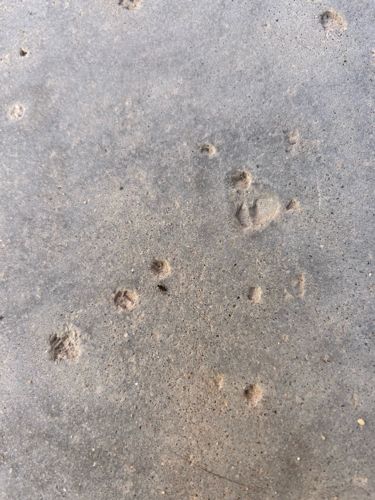Antlion (Larva)
Scientific Name: Various species within the family Myrmeleontidae (e.g., Myrmeleon crudelis in some regions)
Order & Family: Order: Neuroptera, Family: Myrmeleontidae
Size: Larvae typically range from 0.5 to 1.5 cm (0.2 to 0.6 inches) in length, though some can be larger. Adults vary in size depending on the species, with wingspans generally ranging from 2 to 10 cm (0.8 to 4 inches).

Natural Habitat
Antlion larvae prefer dry, sandy, loose soil or dust, often found under overhangs, rock ledges, or trees where they are protected from rain and direct sunlight. Adult antlions are found in similar habitats, usually near the larval pit-building sites.
Diet & Feeding
The larvae are carnivorous, preying primarily on ants and other small insects that fall into their pits. Adult antlions of some species may feed on pollen, nectar, or small insects.
Behavior Patterns
Antlions are predatory in their larval stage. The larva digs a conical pit in loose sand by moving backwards and flicking sand out with its head. It then buries itself at the bottom of the pit, leaving only its mandibles exposed, waiting for small insects (like ants) to fall in. If an insect tries to climb out, the antlion will flick sand at it to make it fall back down. Adult antlions are typically nocturnal and are weak fliers, often found near their larval habitats.
Risks & Benefits
Antlions pose no direct risk to humans. As predators of small insects, especially ants, their larvae can be beneficial in controlling insect populations, particularly in outdoor environments. They are also an interesting example of predatory behavior in the insect world and can be an indicator of healthy sandy ecosystems.
Identified on: 8/17/2025